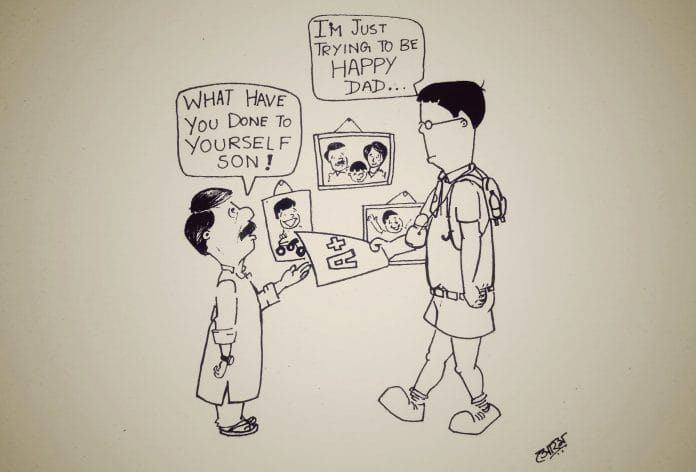Happiness Curriculum — with breathing exercises, role-play drama and moral science lessons —was launched Monday for kids between 5 and 15 years.
New Delhi: Mindful breathing, think beyond stereotypes. Mindful scribbling, deal with stress and anxiety. Mindful listening, understand expectations in a relationship.
This sounds like a therapy session for a jaded and exhausted 40-year-old, right? Wrong.
This is for children — aged 5 to 15 years. And this is how the Delhi government plans to teach them how to be happy.
The Happiness Curriculum
‘Happiness Curriculum’ was launched Monday by the Arvind Kejriwal government for classes nursery to 8, which will teach them “how to move from searching happiness externally to be able to ensure it within oneself through positive emotions”.
One hour each day from the regular schedule will be dedicated to happiness classes. The nursery children will be taught to be aware of their emotions; the older ones will be taught to develop feelings of trust, respect, gratitude, care and affection.
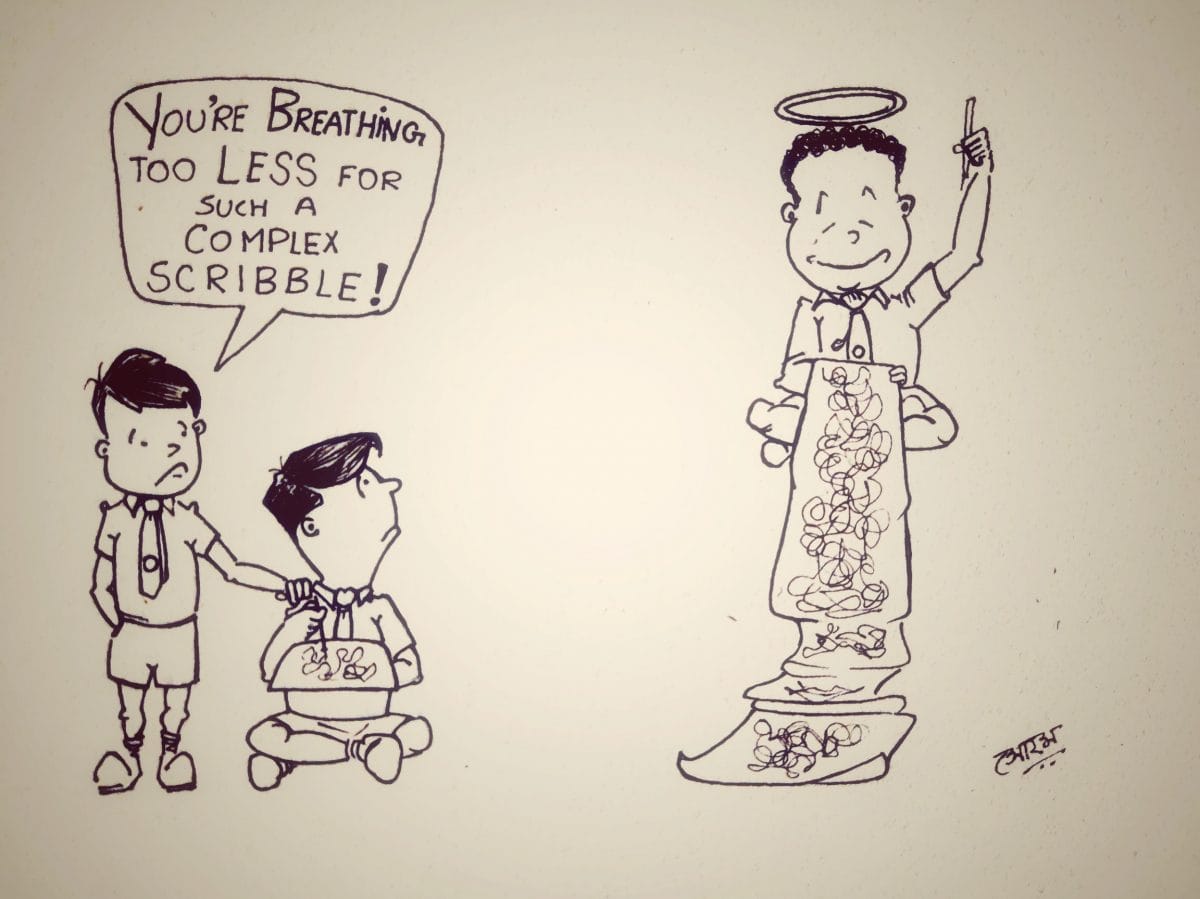
Mindful breathing, mindful scribbling, mindful listening and mindful body stretching among other things are a part of the curriculum, which will involve indoor and outdoor activities and skits and role-play drama. The government guide explains mindful to mean that children should be completely aware of what they are doing — like their breathing pattern, the sound of the pencil when they are scribbling, the tone of voice when they are listening.
A guide that explains the activities in detail has been given to teachers. It also contains stories that should be read out to the children. Most of these stories are moral science lessons that will test students’ understanding of good and bad.
The curriculum aims to make the children more aware, mindful and eventually meaningful contributors to society. The concept is based on the idea that children have a challenging childhood in current times of social media and reduced human interaction.
Ultimately, these children will be judged on things that even most adults are incapable of – being able to think beyond stereotypes, deal with stress and anxiety, develop balanced outlook in daily life, become more responsible, operate in a resolution centric way and understand expectations in a relationship.
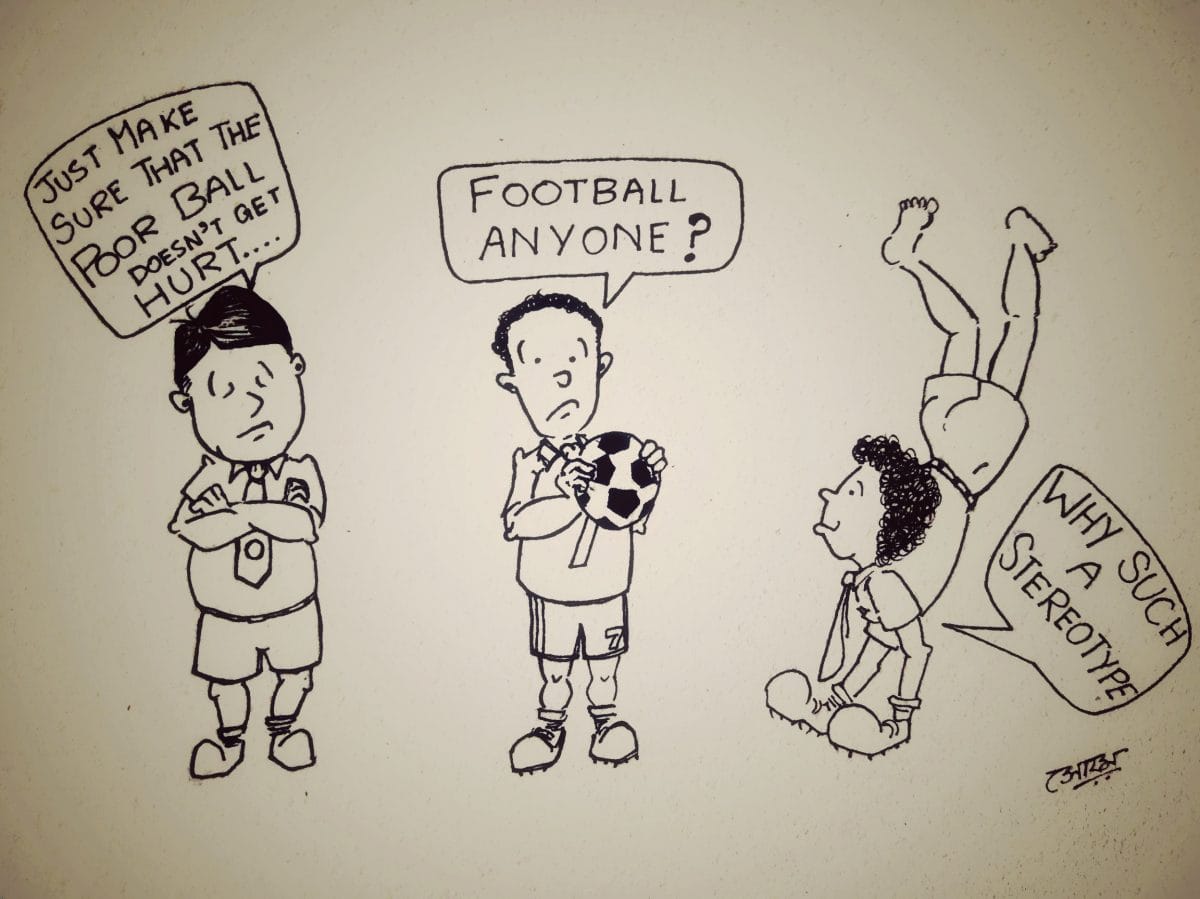
‘Take away their stress’
The reactions from experts have been mixed, with one questioning the purpose of just one class dedicated to ‘happiness’ while others will burden them with work and another saying it will improve their concentration.
“On the positive side, it is a good initiative because there is a need to develop awareness on the mental well-being and happiness of children in schools, and if this awareness is created through a curriculum it is a good beginning,” said clinical psychologist Pulkit Sharma.
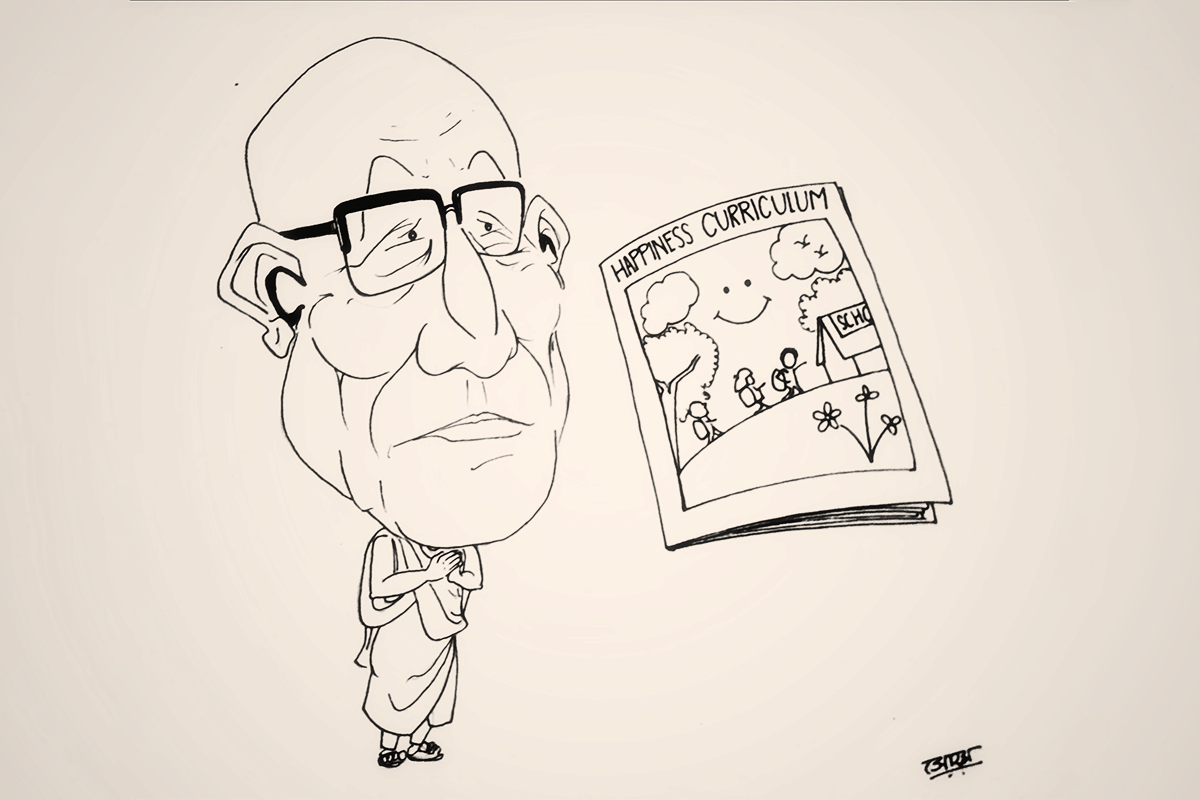
“But rather than dedicating a period to happiness why not make the whole environment happy? Take away the stress and burden or exam and rote learning, this is how children will be happier.”
Sharma says what’s the point if kids are happy in the happiness period but they are getting a beating in the others? “That does not the serve the purpose then.”
Rajesh Kumar, principal of District Institute for Education and Training (DIET), who has worked closely with teachers in Delhi government schools, says the purpose of the happiness curriculum is to teach stress and anger management to students from a very young age.
“Children these days get angry so easily, they beat each other up, some of them even attack teachers, some get so stressed out that they have committed suicide because of scoring low marks in board classes,” said Kumar, who is also the chairman of the Happiness Curriculum.
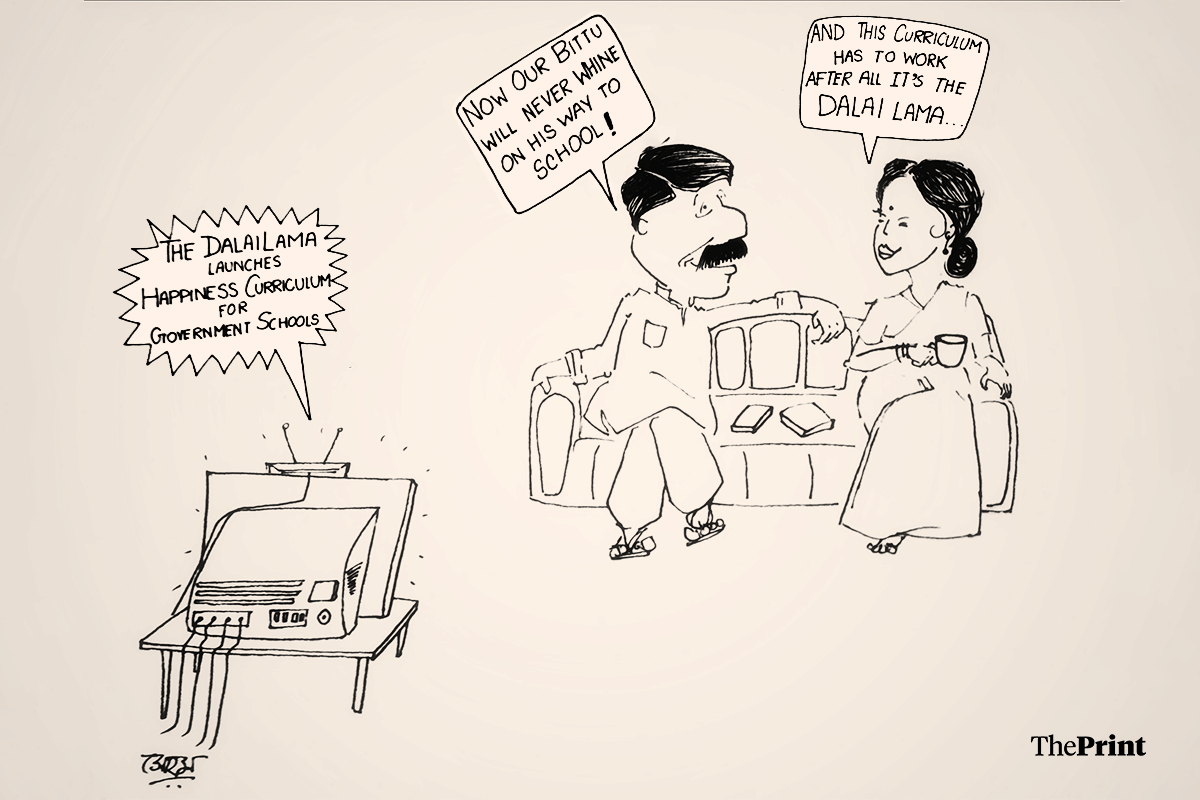
With the help of breathing exercises, we will teach them concentration. It is very difficult to concentrate on one’s breath even adults can’t do it. Therefore, it is important that we teach children these things from a young age, so that they are able to deal with stress, anxiety and other negative emotions,” he added.



